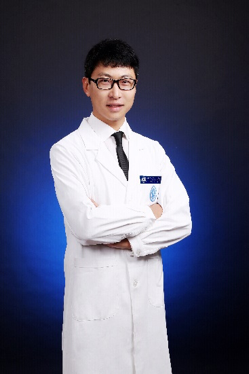Orthopedics & Traumatology
Department of Orthopedics & Traumatology
Overview
The Department of Orthopedics & Traumatology at Peking University People’s Hospital was established in 1999. It has since grown to be a well-staffed and well-equipped organization with a nationwide reputation for excellence in clinical service, teaching, and research. Special areas of expertise include trauma, spine, peripheral nerve, shoulder and elbow, foot and ankle, and sports medicine. The medical faculty assumes teaching responsibilities for medical students and nurses, provides advanced specialty training for surgeons, and pursues research in clinical and basic sciences related to orthopedics. The department was awarded the honor of excellence by the Chinese National Health and Family Planning Commission in 2010. It provides clinical care to a large volume of patients, including more than 30,000 outpatient visits and 2,000 inpatient surgeries annually.
Clinical Services
The department provides comprehensive care, consultation, and surgery in multiple sub-specialties, including trauma, spine injury, peripheral nerve injury, shoulder and elbow injury, foot and ankle injury, sports injury, and complex orthopedic injuries throughout the region. Our colleagues in critical care, rehabilitation medicine, neurology, rheumatology, and other fields work together to provide the most appropriate and comprehensive care for each patient.
1. Bone and Joint Injury
Treatment of bone and joint injuries is a long-standing strength of the department. With foundations based on AO trauma principles, we have greatly improved patient outcomes, particularly in osteoporotic fractures, proximal femoral fractures, proximal humerus fractures, and other complex periarticular fractures. We utilize the latest technological advances, including LCP, LISS, MIPO, PHILOS, intramedullary nailing, PFNA, DHS, joint replacement, and arthroscopy.
2. Shoulder and Elbow
Almost all arthroscopic procedures can be performed in our department: arthroplasty (TSA/RSA/TEA), fixation for complex fractures (LCP/PHILOS/MIPO), and arthroscopy for rotator cuff injuries and other athletic injuries.
We have launched an annual training program that aims to improve surgical skills and introduce new technological advances.
The Chinese Journal of Shoulder and Elbow Surgery, the first professional journal on shoulder and elbow surgery, has been published electronically every quarter since 2013 and became a Key Magazine of China Technology in 2016, which means it is one of the best journals in China. This journal aims to introduce new progress in surgical techniques and clinical research.
3. Foot and Ankle
Medical services include treatment for fractures, athletic injuries, arthritis, and deformities. Specialized surgical services include ankle arthroscopy, ligament reconstruction, complex fracture fixation, and foot and ankle reconstruction.
4. Peripheral Nerve and Soft Tissue Injury
Based on our excellent research focusing on peripheral nerve regeneration, we have vastly improved outcomes in the treatment of peripheral nerve injuries, such as brachial plexus injury, sciatic nerve injury, and peripheral nerve entrapment.
In addition, reconstructive surgeries for nerve injuries related to limb deformity and soft tissue loss have greatly reduced the amputation rate and improved limb mobility. A biomaterial conduit for bridging small peripheral nerve gaps is well-developed and undergoing clinical trials. Reconstruction surgery, such as nerve transposition and muscle transposition, addresses limb problems caused by peripheral nerve injury and cerebral palsy. VSD-free muscle transfers, particularly latissimus dorsi and trapezius flaps, are used to handle soft tissue loss in trauma patients.
5. Spinal Injury and Degenerative Disease
We specialize in treating acute conditions of the spine, including spinal fractures and spinal cord injuries. Other services include treatment of degenerative spinal diseases and cerebral palsy in childhood. We utilize minimally invasive surgery to perform a number of complex procedures, including:
Artificial disc replacement (ADR)
Cervical fusion (ACCF, ACDF)
Lumbar decompression and fusion (ALIF, PLIF, TLIF, XLIF, IF-DITF, MIS-TLIF, MILD, PMVO, PPSF)
Posterior half corpectomy
Kyphoplasty and fixation
Vertebroplasty (PVP, PKP)
Selective posterior rhizotomy (SPR)
6. Sports Arthroscopic Surgery
This field covers six joints:
Shoulder: Cuff Injury, Bankart, SLAP, Frozen Shoulder, Acromioclavicular Dislocation
Elbow: Traumatic Arthritis (TA), Rheumatoid Arthritis (RA)
Wrist: TA, RA, TFCC, Distal Radial Fracture, Scaphoid Fracture
Hip: Hip Impingement Syndrome, Femoral Head Necrosis
Knee: Ligament Injury, Meniscus Injury, Tibial Plateau Fracture, Intercondylar Eminence Fracture
Ankle: Fracture, Ligament Injury
Education
1. Degree Education
The department assumes teaching responsibilities for medical students in the 8-year MD program and master's & doctoral program of Peking University. We provide excellent courses, including primary orthopedic instructional lectures, diagnostic practice instruction, and orthopedic surgical instruction. In addition, the department also provides training for nursing students.
2. Continuing Medical Education
We recognize that continuing medical education is an essential component of doctors’ professional responsibilities. Therefore, we regularly organize activities for career development, education, and training. The biannual visiting program at our department offers professional lectures, surgical demonstrations, tutorials, and clinical case conferences to surgeons from across the country. An annual forum focusing on shoulder and elbow surgery helps visitors improve diagnostic accuracy and develop surgical skills. Moreover, as members of the AO lecture group, Dr. Fu Zhongguo, Dr. Zhang Dianying, Dr. Wang Tianbing, and Dr. Xu Hailin contribute to the promotion of AO theory.
Research
Our research is supported by various funding mechanisms, such as the National High-tech Research and Development Program of China (863 Program), the National Basic Research Program of China (973 Program), and the Eleventh Five-Year Plan, etc. As a result, we have won over 20 awards, such as the Gusi Peace Prize (2016) and State Science and Technology Awards, and obtained 22 patents in total. Our scientific research focuses on three aspects:
1. Repair of Peripheral Nerve Injury
We have successfully developed a biomaterial conduit for bridging small peripheral nerve gaps. The second-generation conduit promotes nerve regeneration with controlled drug release and is currently in clinical trials. Other research projects include artificial peripheral nerves constructed by bone marrow stem cells. Prof. Baoguo Jiang was awarded Chief Scientist in a national multi-center study focusing on the mechanism of nerve regeneration and central nerve reconstruction after peripheral nerve injury repair.
2. Bone and Joint Injury
The department’s foundation is based on trauma and fracture research. We are well-equipped for a wide array of research projects that utilize the SHIMADZU AG-IS tensile system, REGER RNJ-200 mechanical testing system, motion analysis system, and micro-CT. Biomechanical research projects focusing on periarticular fractures of the hip, ankle, knee, and shoulder are underway.
3. Road Traffic Injury Rescue
Our department plays an important role in trauma rescue and treatment in China. In 2010, we assembled more than 30 institutions and medical facilities in six regions of China to launch a healthcare charity project focused on the treatment of serious traffic injuries, which marked the beginning of the Chinese model of trauma rescue and treatment. This project aims to create a thorough, scientific standard operating procedure for managing serious injuries in diverse situations in China. The hope is that this project will significantly decrease morbidity and mortality in trauma patients. We established the China Trauma Rescue and Treatment Association in 2017 to further improve trauma care in the country.
Expert team
-
Jiang Baoguo, M.D.

-
Zhongguo Fu, M.D.

-
Dianying Zhang, M.M.
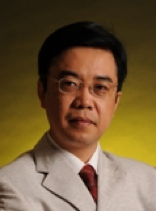
-
Tianbing Wang, M.D.

-
Halin Xu, M.D.
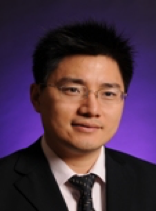
-
Feng Xue, M.D.

-
Jianhai Chen, M.D.
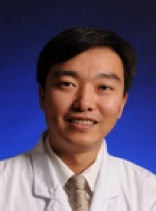
-
Yu Dang, M.D.
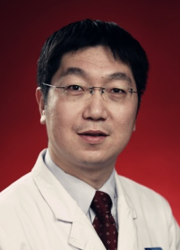
-
Peixun Zhang, Ph.D.
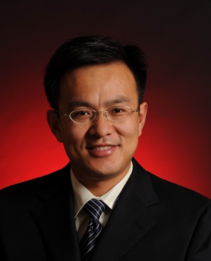
-
Ming Yang, M.D.
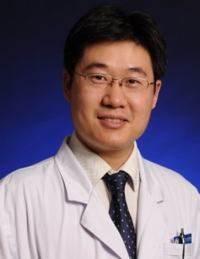
-
Xiong Jian, M.D.

-
Yin Xiaofeng, M.D. Ph.D.

-
Lu Hao, M.D.

-
Zhou Jing, M.D.
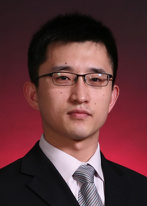
-
Kou Yuhui, M.D.
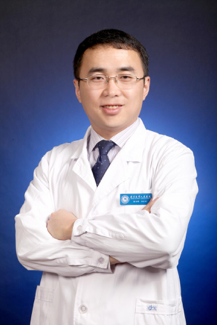
-
Wang Yanhua, M.D.
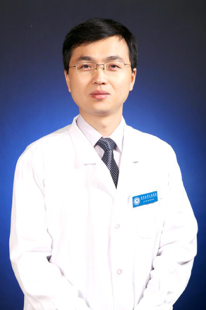
-
Huang Wei, M.D.
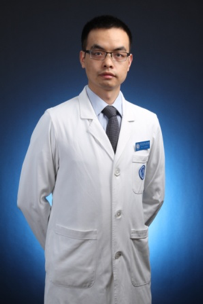
-
Ma Mingtai, M.D.
